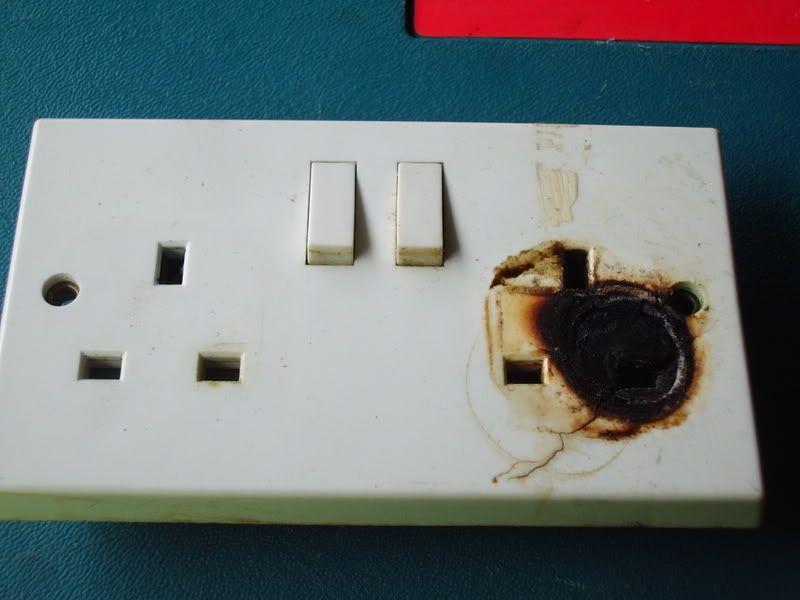Here's a picture for anyone interested.

(Hope the hot link isn't against site rules)
It's from this page which explains how induction hobs may be designed.
.
Which, in case anyone was wondering - is an active power supply.
Here's a picture for anyone interested.

(Hope the hot link isn't against site rules)
It's from this page which explains how induction hobs may be designed.
.

What's inside a real (and cheap) product is anyone's guess.
The seller has now emailed me and asked if I can wait until the next buyer from the UK purchases a unit and send mine directly to them, as opposed to him, and that he will refund me the purchase price plus shipping in this case. Why he wants to do it like that I don't know, but, I don't care where it goes after I send it, as long as the money comes back to me.


If you need to find a tradesperson to get your job done, please try our local search below, or if you are doing it yourself you can find suppliers local to you.
Select the supplier or trade you require, enter your location to begin your search.
Are you a trade or supplier? You can create your listing free at DIYnot Local
